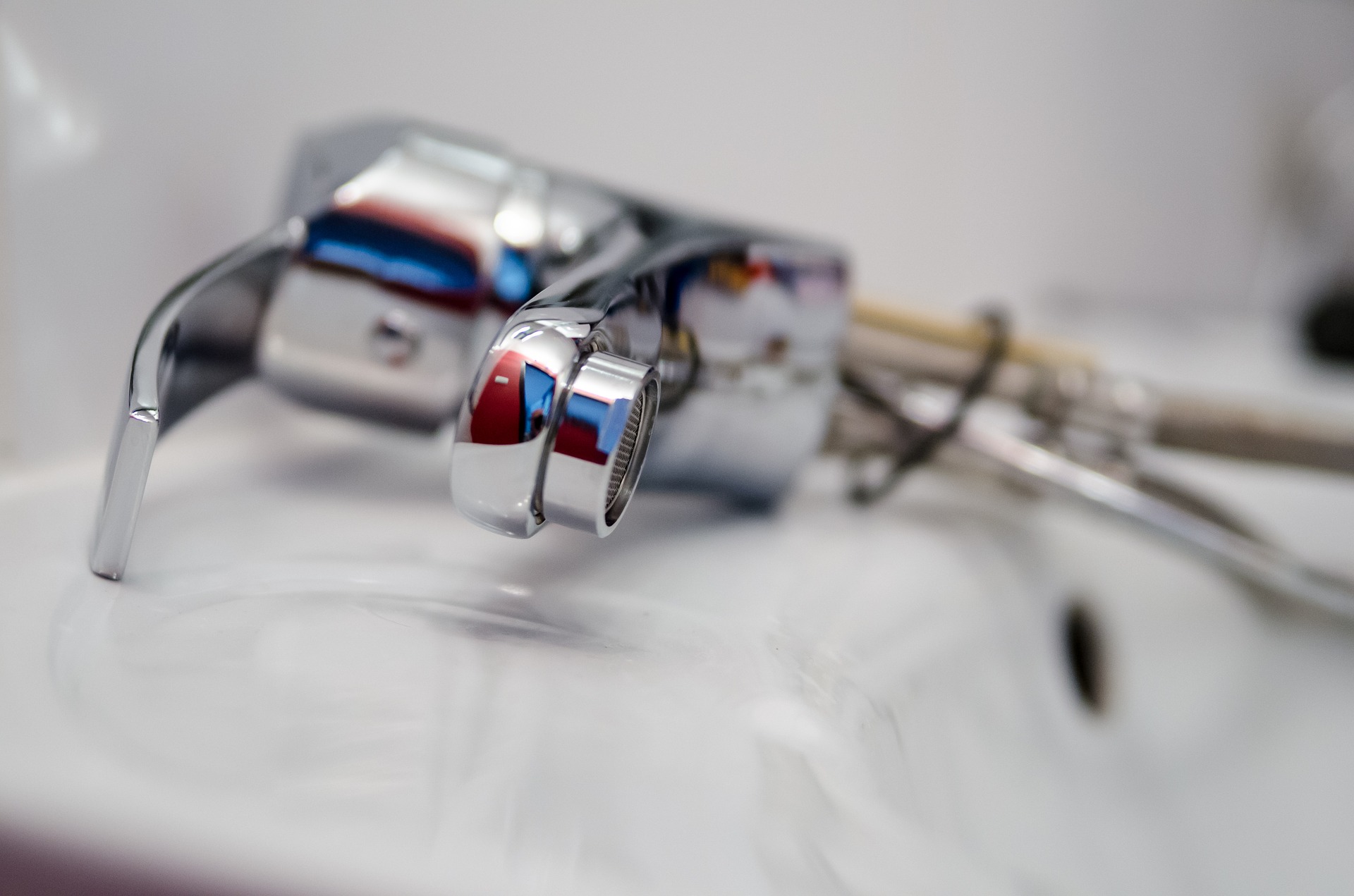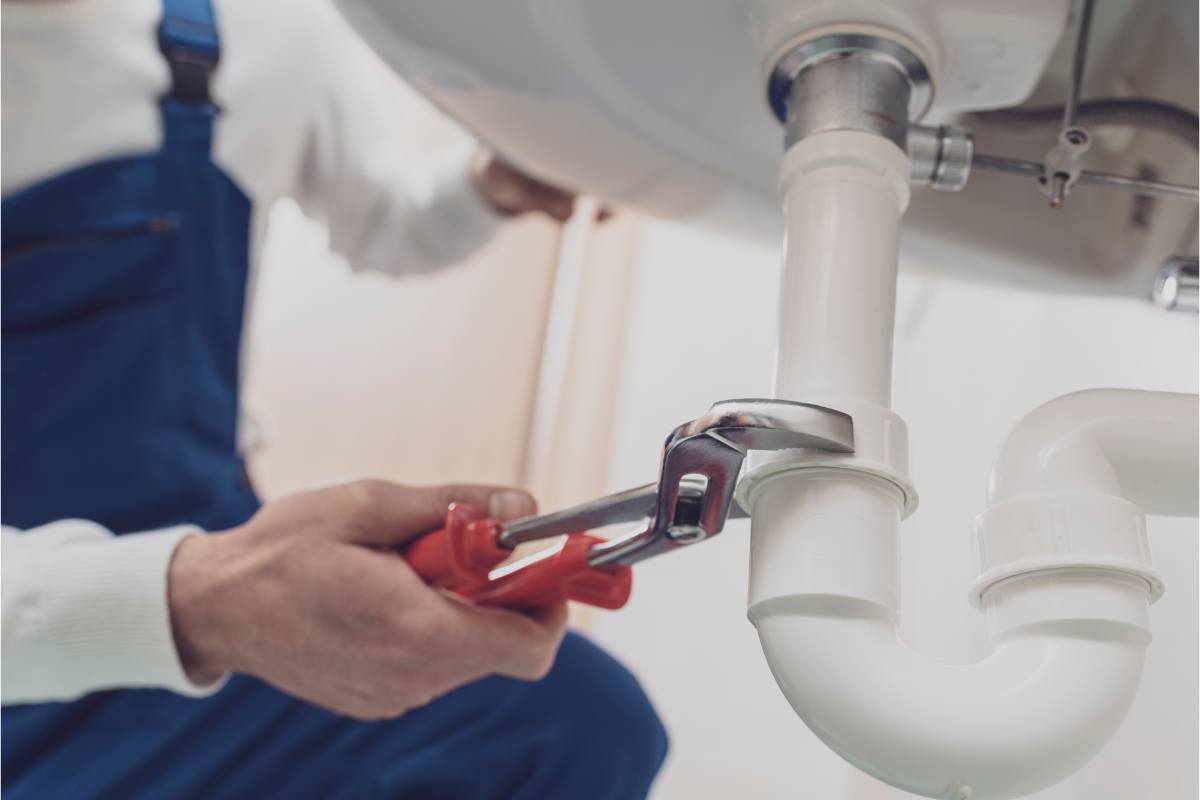Deciphering the Basics of Home Plumbing: A Beginner's Manual
Deciphering the Basics of Home Plumbing: A Beginner's Manual
Blog Article
Each person is bound to have his or her own way of thinking in relation to Plumbing basics: How your home plumbing works.

Plumbing is an important element of any type of home, responsible for supplying clean water for drinking, cooking, and bathing, along with removing wastewater safely. Understanding the basics of home plumbing is vital for every single house owner to guarantee correct upkeep, troubleshooting, and, if necessary, repair work. In this beginner's overview, we'll cover the fundamental concepts of home plumbing to aid you come to be a lot more aware of just how it works.
Water Furnace
The water heating system is in charge of heating water for domestic use, including bathing, cooking, and cleaning. Common kinds of water heaters consist of tank-type water heaters, tankless (on-demand) hot water heater, and heatpump water heaters. The hot water heater is linked to the water supply system and delivers hot water to plumbing components as required.
Drain System
The drain system removes wastewater from your home and lugs it away to a sewage treatment facility or septic tank. It includes a network of pipelines, installations, and components that transport wastewater from plumbing fixtures to the major sewage system line or sewage-disposal tank. Correct drain is necessary to protect against blockages, back-ups, and sewer leakages.
Air flow System
The ventilation system helps keep proper atmospheric pressure and avoid drain gases from entering your home. Vent pipes, additionally referred to as vent stacks, extend from plumbing fixtures to the roof covering, enabling sewer gases to run away safely outdoors. Ventilation pipes likewise allow air to enter the water drainage system, promoting smooth wastewater circulation and protecting against suction or vacuum impacts.
Water System
The water supply system brings clean water right into your home from a municipal water resource or a private well. It consists of a primary water line that attaches to your home's plumbing system, usually located underground. A water meter determines the quantity of water consumed, while a shut-off valve permits you to control the circulation of water right into your home.
Plumbing Components
Plumbing components are gadgets that supply water to various parts of your home and consist of sinks, faucets, commodes, showers, bathtubs, and devices such as dishwashers and washing devices. Each component is attached to the supply of water system by means of pipes and fittings and might have its shut-off shutoff for upkeep or emergency situations.
Usual Plumbing Devices
Having the right devices available is vital for carrying out fundamental plumbing repair services and upkeep jobs. Typical plumbing tools consist of flexible wrenches, monkey wrench, pliers, pipe cutters, hacksaws, plungers, augers (or drain serpents), and Teflon tape. Having these devices readily offered can aid you deal with minor plumbing problems effectively.
Standard Plumbing Fixings
While some plumbing fixings might need expert aid, several typical problems can be addressed with standard DIY techniques. Understanding just how to fix a leaking faucet, unclog a drainpipe, change a bathroom flapper, or repair a trickling showerhead can conserve you money and time on plumbing repairs.
Conclusion
Understanding the essentials of home plumbing is crucial for every single homeowner to maintain a risk-free, practical, and efficient plumbing system. By familiarizing yourself with the water supply system, plumbing components, drainage system, air flow system, typical plumbing tools, and fundamental repair services, you can with confidence resolve minor plumbing concerns and guarantee your home's plumbing system operates efficiently.
Plumbing for Beginners: A Comprehensive Guide
If you’re a beginner when it comes to plumbing, don’t worry; you’re not alone. Plumbing may seem intimidating, but with the right knowledge and a little practice, you can handle many common plumbing issues on your own. In this comprehensive guide, we will demystify the world of plumbing for beginners, providing you with the basic knowledge and skills needed to tackle common plumbing problems and even take on some DIY plumbing projects.
The Importance of Basic Plumbing Knowledge for Beginners:
First and foremost, basic plumbing knowledge gives you a solid foundation. It helps you grasp the key concepts and terminology that are essential in this field. By learning the basics, you’ll be able to build upon that knowledge and tackle more complex plumbing tasks in the future.
Having a basic understanding of plumbing also enables you to handle common issues that may arise in your home. Picture this: a leaky faucet or a clogged drain. With some basic plumbing knowledge, you’ll have the confidence to troubleshoot and fix these problems on your own. It saves you from unnecessary expenses and the hassle of waiting for a professional to arrive.
As a beginner, learning the basics of plumbing empowers you to take care of your own home. It gives you a sense of independence and self-reliance. You’ll no longer have to rely solely on professionals for every small issue that pops up. Instead, you can handle many tasks yourself, saving time and money in the process.
Remember, everyone starts as a beginner. Embrace the learning process and take small steps to expand your plumbing knowledge. There are plenty of online resources, tutorials, and even local workshops that talk about plumbing for beginners.
Essential Tools for Plumbing for Beginners
As you start your plumbing journey, having the right tools in your toolbox is crucial. Let’s explore some of the must-have tools:
Adjustable Wrench:
This versatile tool is a staple in any plumber’s toolbox. It allows you to tighten or loosen nuts and bolts of various sizes. Make sure to have an adjustable wrench with a comfortable grip.
Pipe Wrench:
A pipe wrench is specifically designed for gripping and turning pipes. It has serrated jaws that provide a strong grip, making it easier to loosen or tighten threaded pipes and fittings.
Plunger:
The plunger is a simple yet effective tool for clearing clogged drains and toilets. It creates suction when you push and pull, helping to dislodge blockages. Keep a good-quality plunger handy for those unexpected clogs.
Pipe Cutter:
When it comes to cutting pipes, a pipe cutter is your go-to tool. It creates clean, precise cuts without damaging the pipe. Look for a pipe cutter that can handle the pipe sizes you’re working with.
Hacksaw:
A hacksaw is useful for cutting through pipes, screws, and other materials. It’s a versatile tool that can handle different cutting tasks. Remember to use a blade suitable for cutting metal.
Tape Measure:
Accurate measurements are crucial in plumbing. A tape measure allows you to measure pipe lengths, distances, and dimensions accurately. Opt for a sturdy tape measure that extends a good length.
Pliers:
Pliers come in handy for various tasks, such as gripping, bending, and cutting. Slip-joint pliers with adjustable jaws are great for gripping pipes, nuts, and bolts.

Do you enjoy reading about Plumbing Basics For Every Home: The HomeTriangle Guide? Make a remark below. We would be glad to know your views about this write-up. We are looking forward to see you back again in the near future. Liked our blog entry? Please quickly share it. Help somebody else locate it. I praise you for your time. Return soon.
Call Report this page